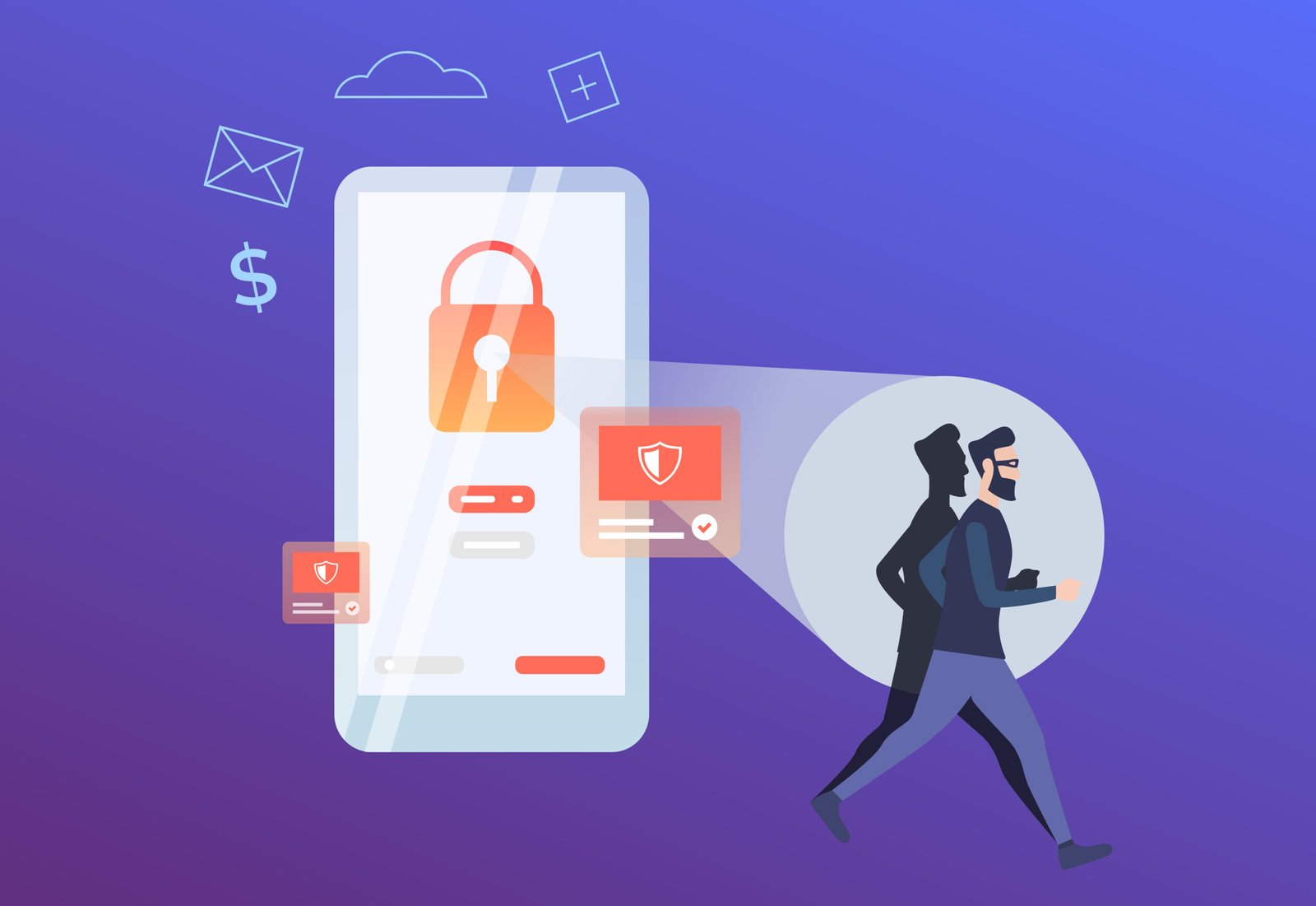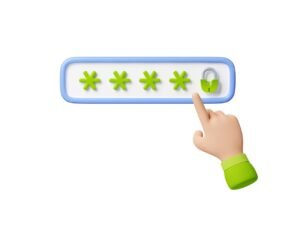The cases of online scams are increasing rapidly. In the rising wave of cyber scams, cyber fraud has now started targeting smartphone users through the Call Forwarding Scam.
These scammers portray themselves as customer service representatives of mobile network operators and internet service providers. They claim that there is a problem with your account and attempt to empty it. Scammers have devised a new method to trap mobile phone users in their scams. In this article, we will explore what the Call Forwarding Scam is and how it operates.
What is the Call Forwarding Scam?
Under the Call Forwarding Scam, scammers pretend to be mobile network operators or internet service providers to trap you in their scheme. They inform you that your account has been hacked and that there is an issue with your SIM card. Additionally, they propose a solution, instructing you to dial a number starting with 401. As soon as you do this, your calls will be forwarded to their number. Subsequently, they attempt to log in to your accounts, such as messaging apps or bank accounts, and can easily receive the One-Time Passwords (OTPs) sent to your number.
It’s worth mentioning that cybercriminals have become more sophisticated these days. Cunning scammers use this new method to set up Two-Factor Authentication in your other accounts, making it difficult for unauthorized access. Moreover, there have been cases where fraudsters use fake caller IDs to easily lure people into their traps, appearing as if the call is from a mobile network operator.
Protecting Yourself from Call Forwarding Scam
To protect yourself from the Call Forwarding Scam, you should be cautious about clicking on any unknown links. Avoid dialing any code from your phone to prevent falling victim to fraud. If someone claiming to be a company representative calls you, check their number on Caller ID apps. Additionally, do not immediately respond to calls from unknown numbers, and do not engage in their conversations. Periodically check to ensure that your SIM card has not been hacked by visiting your network service provider’s store.
It’s crucial to stay vigilant and take preventive measures to avoid falling prey to scams in the evolving landscape of cyber threats.












